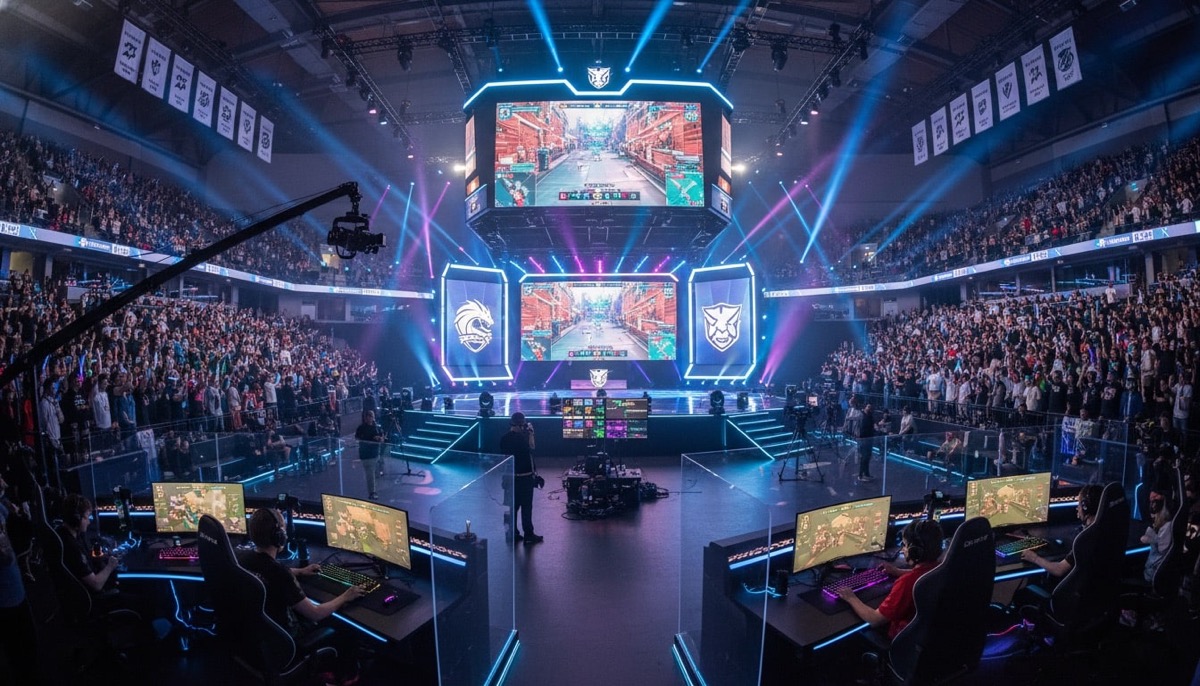Esports relies on fair competition, where player skill determines outcomes, not external factors. Game developers constantly update titles to ensure balance, preventing any single strategy or character from dominating. Many individuals are drawn to esports for the thrill of competition and the potential for significant rewards, often exploring various platforms that offer such experiences. For example, 1xbet represents a type of digital platform where users can engage with competitive events, including esports, by placing wagers on outcomes. Such platforms, when operating under strict regulatory compliance, provide a structured environment for participants to test their predictions and experience the excitement of potential winnings. This kind of engagement, when managed responsibly, can enhance the overall esports ecosystem by adding another layer of interaction and financial incentive for fans, while adhering to transparent rules and fair play principles.

Game design for competitive balance
Game developers use data analytics and player feedback to achieve competitive balance. They monitor win rates of different characters, teams, or strategies and make adjustments through patches and updates. The goal is to ensure that no single element is overwhelmingly powerful or weak, allowing for diverse playstyles and strategic depth. This ongoing process is crucial for keeping the competitive scene dynamic and engaging.
Monetization strategies in esports
Esports generates revenue through several channels. Sponsorships and advertising are major contributors, with brands paying to reach the large and engaged esports audience. Media rights, including streaming and broadcasting deals, also bring in significant income. Merchandise sales, ticket sales for live events, and in-game purchases further diversify revenue streams.
In-game monetization and competitive integrity
In-game purchases, such as cosmetic items or battle passes, are a common monetization method. Developers must ensure these items do not provide any competitive advantage, as this would undermine fair play. Cosmetic items, like character skins or emotes, change appearance but not gameplay, preserving the competitive balance. This distinction is vital for maintaining trust within the esports community.
- Key monetization strategies in the esports industry:
-
- Sponsorships and Advertising: Brands pay to promote products or services to the esports audience through team endorsements, event branding, and in-stream ads.
- Media Rights: Revenue from licensing content to streaming platforms, television broadcasters, and other media outlets for live and on-demand viewing.
- Merchandise Sales: Income from selling team jerseys, fan apparel, gaming peripherals, and other branded products.
- Ticket Sales: Revenue generated from selling admission to live esports tournaments and events.
- In-Game Purchases: Sales of cosmetic items (skins, emotes), battle passes, and other non-gameplay-affecting digital goods within the game itself.
- Publisher Investment: Direct funding from game developers and publishers to support leagues, tournaments, and prize pools.
Prize pools and player incentives
Large prize pools are a significant draw for professional players and teams. These pools are often funded by a combination of developer contributions, sponsorships, and crowdfunding through in-game purchases. The promise of substantial winnings motivates players to dedicate themselves to training and competition, elevating the overall skill level in esports.
Fan engagement and viewership
A strong competitive balance directly contributes to fan engagement and viewership. When matches are exciting and outcomes are uncertain, more people tune in to watch. This increased viewership, in turn, attracts more sponsors and advertisers, creating a positive feedback loop that supports the growth of the esports ecosystem.
Challenges in balancing and monetization
Maintaining competitive balance while implementing monetization strategies presents challenges. Developers must carefully consider how new content or features might impact gameplay fairness. There is a constant need to innovate monetization methods without alienating players or compromising the integrity of the competition. This requires a deep understanding of both game design and market dynamics.

Regulatory aspects and fair play
As esports grows, regulatory bodies are increasingly involved in ensuring fair play and consumer protection. This includes oversight of prize pool distribution, anti-cheat measures, and responsible gambling practices where applicable. Adherence to these regulations is crucial for the long-term credibility and sustainability of the industry.
The future of esports economics
The esports industry continues to evolve, with new games, formats, and monetization models emerging. The ongoing challenge is to find innovative ways to generate revenue while upholding the core values of competitive integrity and fair play. This balance is key to ensuring that esports remains a thriving and engaging form of entertainment for both players and fans worldwide.
Final thoughts
Competitive balance and responsible monetization together determine the health of esports ecosystems. Clear rules, fair matchmaking, and regular balance updates protect competition, while transparent monetization models preserve player trust. Prize pools, sponsorships, and media rights provide revenue when distributed and managed openly. Anti‑cheat systems and regulatory oversight reduce unfair advantages and protect consumers. Maintaining this balance requires ongoing data monitoring, independent audit of major events, and public disclosure of key metrics that affect competition and compensation. When stakeholders follow these practices, the industry can grow sustainably, with players, teams, and fans able to rely on predictable, enforceable standards.









